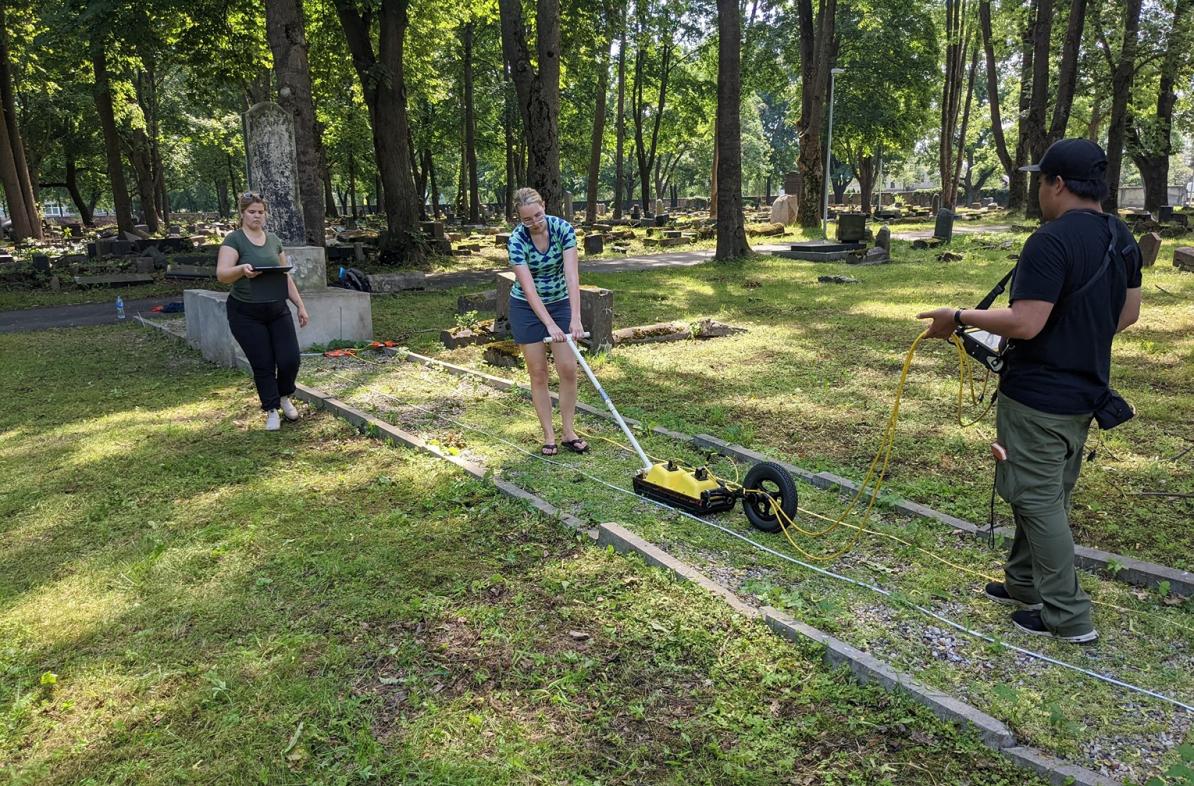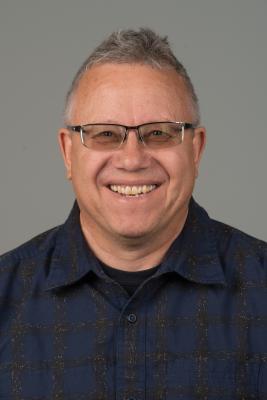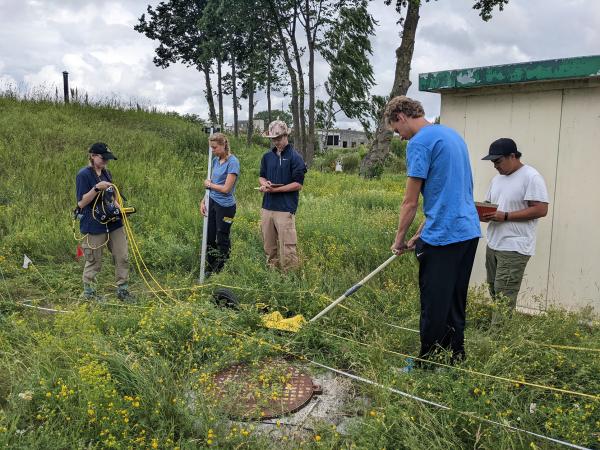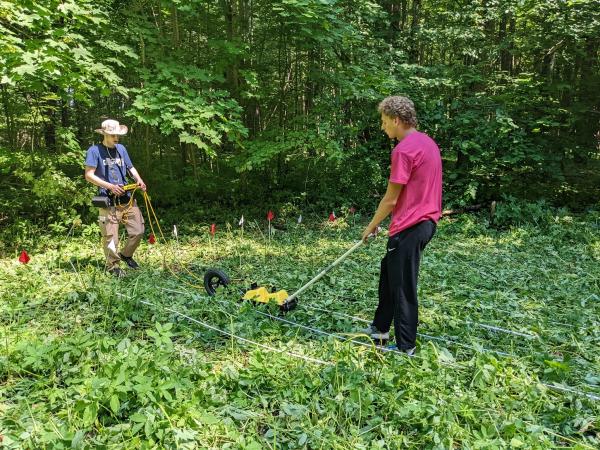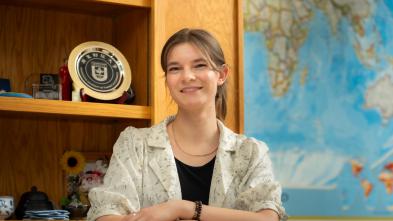Wirkus graduated in May 2025 and now works for the land records division of Sawyer County in Hayward.
Another former researcher on the 2022 summer team is Delia Ihinger, a May 2024 graduate now working for the city of Blaine, Minnesota, in their geographic information system department. She, too, is very glad to see this important history disseminated by National Geographic and the BBC, outlets with a much more popular reach than academia and traditional research publications.
“That's why this project, and others like it, are so important. These stories deserve to be found and told, these people deserve the respect that they did not get in their deaths,” Ihinger says.
“It’s gratifying to know that our work is able to reach more people through this documentary release and that the project continues into the future. Being part of this project was not what you would call a ‘normal’ college experience, but I'm so glad I got to be part of something so big, something that truly matters. It really was a huge part of my college career.”
Jol and a team of students will return next year to Eastern Europe, where sadly, there are more Holocaust discoveries to be made.
Top photo caption: Isabel Radtke taking 3D visualization of a field site, while Michael Barrow and Caroline Hayes collect ground-penetrating radar data on a mass burial site in Kaunas, Lithuania.
The 2022 student team created a blog of their work and experiences, which can be found in StoryMaps 2022 - Eastern Europe Holocaust Research.
All of Jol’s research history and dissemination of findings can be found on his professional website.
